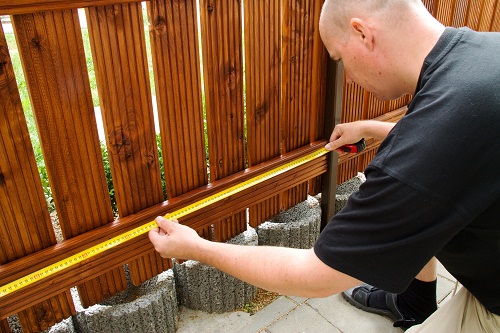
Residential fencing is essential for protecting your property, especially if you live in an area with a considerable amount of crime or vandalism. However, residential fencing can also give your property a beautiful and unique look, and that’s why many people choose to use it on their property line.
Putting up a residential fence may not be as simple as you think. In fact, there are a lot of mistakes you can make when it comes to putting up a fence around your residential yard.

Use this guide to help you avoid the 4 most common mistakes people make when installing a residential fence.
- Ignoring Property Lines
In a residential setting, it’s very important that you know where your property ends and where your neighbor’s property begins. If you don’t, you might end up installing a fence that has to be taken down.Try to look up the city plans for your property. If for whatever reason you can’t get them, talk to your neighbor about the fence you want to put up, and try to work out property boundries too.
- Choosing Incorrect Materials
This is partly about looks, but mostly about durability. Wood may be better looking for a residential area, but vinyl is more durable. Consider initial cost, repairs, and updates to your fence before choosing your fence type and materials.
- Digging Shallow Anchor Points
Not digging deep enough is a major problem and as a result, your fence could fall or crack. Fence posts should be at least two feet in the ground, but digging a little deeper wouldn’t hurt.
- Levelling Your Fence Wrongly
A crooked fence looks terrible, but the reason may be that the yard isn’t leveled. Take the rise and fall of your lawn into account.




